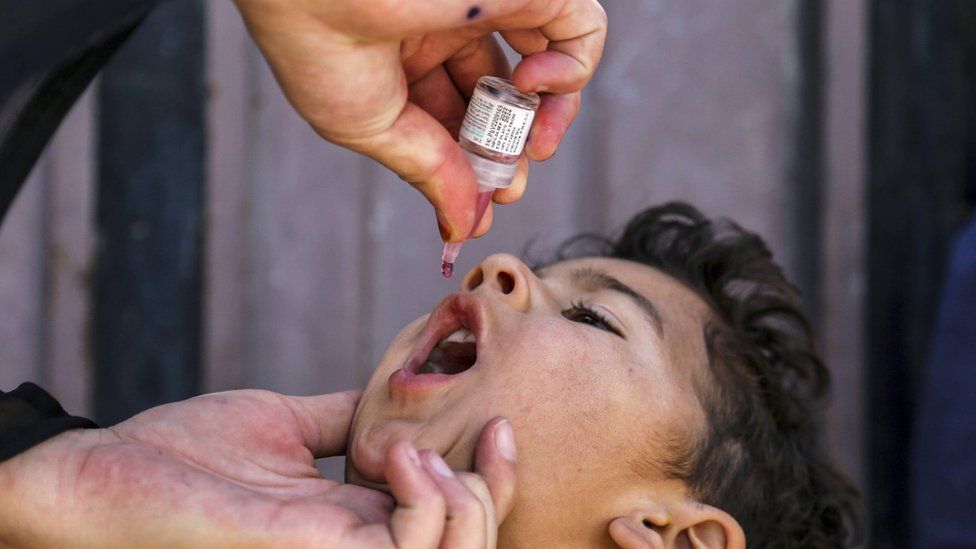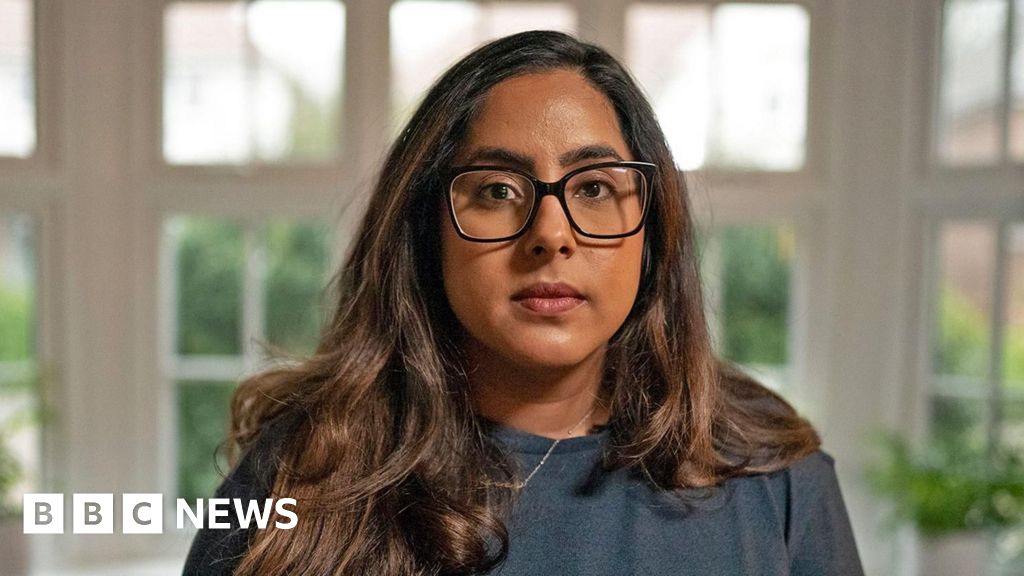ARTICLE AD BOX
 Image source, SAMIULLAH POPAL/EPA-EFE/REX/Shutterstock
Image source, SAMIULLAH POPAL/EPA-EFE/REX/Shutterstock
By James Gallagher
Health and science correspondent
Scientists have "super-engineered" polio vaccines to prevent them mutating into a dangerous form that can cause outbreaks and paralysis.
The oral vaccines contain weakened live polio viruses and the genetic redesign locks them into that weakened state.
The US and UK teams have now created upgraded vaccines against all three types of polio.
However, better vaccines still need to reach every child in order to stop the disease.
Polio can spread into the nervous system, causing paralysis. Cases have fallen by more than 99% since the late 1980s and about 20 million people who would have been paralysed can walk thanks to vaccines.
The original or "wild" poliovirus is now contained to small pockets of Afghanistan and Pakistan and the oral vaccines play a pivotal role in the attempt to rid the world of polio.
"The issue is they're genetically unstable," Dr Andrew Macadam, from the UK's National Institute for Biological Standards and Control, told BBC News.
It takes only one mutation to turn the safe polio vaccine back into a virus that can move out of a child's stomach, invade their nervous system and cause paralysis.
And if those viruses spread from an immunised child - through their contaminated faeces - there is a risk of infecting the unvaccinated and triggering an outbreak.
There are now more cases of "vaccine-derived polio" than of the wild poliovirus and the polio detected in London's sewers last year was connected to the oral vaccine.
So the researchers have genetically altered the weakened virus even further to make it much harder for it to start causing paralysis again.
"By genetically modifying this part of the virus, we could modify this region so it couldn't revert and this I think has been remarkably successful," Dr Macadam said.
Prof Raul Andino, from University of California San Francisco, said he was "super-proud" of the scientific effort showing the vaccine was "50 to 100 times more stable".
Image source, Getty Images
Image caption,A man in an iron lung, to keep him breathing after polio paralyses the chest muscles
In March 2021, the World Health Organization made the researchers' vaccine against type-two polio available for emergency use.
Since then, it has been used more than 650 million times - and, Dr Macadam said, "we've never seen a reversion" back to dangerous poliovirus.
Now, in the journal Nature, the researchers have detailed the creation of stable vaccines against polio types one and three.
The first-stage human trials of the upgraded vaccines have already been conducted - and, the researchers say, the data, which is still being analysed, is "very promising".
The trio represent the first new polio vaccines in 50 years.
"I don't think there's any question that they're helpful, the new vaccines address the instability question, but it doesn't address the coverage issue," Dr Macadam said.
'Impressive science'
Tackling the last 1% of polio cases has proven stubborn. The original goal was to completely eradicate polio by the year 2000 - but delivering vaccines to some of the poorest and most conflict-ridden parts of the world has been a challenge.
Prof Alan Barrett, from the Sealy Institute for Vaccine Sciences, at the University of Texas, called the "super-engineered" vaccines a feat of "impressive science".
"[But] will it lead the endgame to the finish line? That is a big question," he added.
Joseph Swan, from the World Health Organization and the Global Polio Eradication Initiative, said more stable vaccines were a "significant part" of the plan for a polio-free world.
But, he said: "Simply having these new and better tools will not get us over the finish line - vaccination, not just vaccines, is what will end polio."
There was now a "unique opportunity" to eradicate wild poliovirus - but vaccine-derived polio outbreaks were causing problems in places facing "complex humanitarian emergencies", in the Democratic Republic of Congo and Yemen.

 1 year ago
29
1 year ago
29








 English (US) ·
English (US) ·